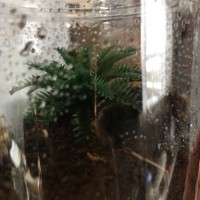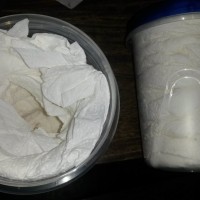Media information
- Category
- Enclosures and Setups
- Added by
- BreezyJay
- Date added
- View count
- 3,026
- Comment count
- 5
- Rating
- 0.00 star(s) 0 ratings
Image metadata
- Device
- samsung SM-G930V
- Aperture
- ƒ/1.7
- Focal length
- 4.2 mm
- Exposure time
- 1/1010
- ISO
- 50
- Filename
- 20180218_142121.jpg
- File size
- 2.9 MB
- Date taken
- Sun, 18 February 2018 2:21 PM
- Dimensions
- 4032px x 3024px







